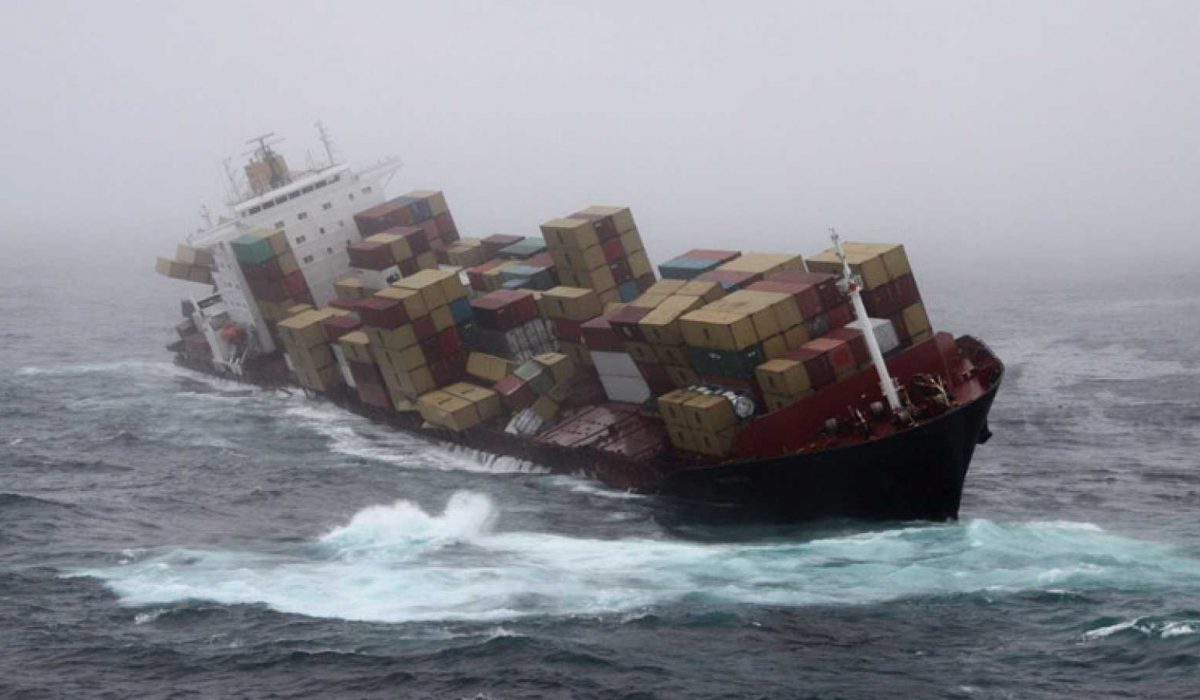Roughly 90 per cent of world trade is transported across the high seas, firmly anchoring global industry and supply chains’ dependency on shipping.
Gargantuan ships lugging enormous volumes of cargo across the world’s well-chartered marine highways give an image of steady and sure transportation. This is in contrast to aviation, where concerns about the vulnerability of flying were compounded by the tragic events of 9/11.
But a closer inspection suggests that shipping these days is an altogether risky business. The World Economic Forum’s Supply Chain and Transport Risk Initiative has found that systemic risks to supply chain and transport networks pose a significant threat to this critical link in global trade.
Shipping’s significance means that events occurring at ports or along maritime routes can have widespread and profound effects – the six-day West Coast port lockout in 2002 caused by strike action incurred over $5 billion in losses to the American economy.
Risks to the shipping industry can occur at sea and at ports, which are key nodes within the supply chain for unloading and loading goods. Cargo volumes have increased exponentially due to commercial pressures, meaning that Post-Panamax ships, already too large for the Panama Canal, are continuing to grow beyond titanic proportions. If only a few ports worldwide will be able to accommodate these colossal ships, more cargo will be concentrated in fewer locations. This will intensify already vulnerable chokepoints and cansignificantly amplify disruptions to supply chains.
Physical restrictions of continental land mass and shallow waters have meant that important strategic shipping routes, such as the Panama and Suez Canals, and Malacca Straits, are already vulnerable to disruptions. The net result here is that a significant proportion of trade is being forced into a constrained geographical area.
Another risk to shipping in these regions is political instability or piracy. Take the Gulf of Aden, Somalia, which saw 219 piracy attacks in 2010 alone, according to International Maritime Bureau statistics. These add such significant costs and dangers that influential shipping companies are opting to reroute via much longer distances, preferring to incur additional transportation costs rather than paying the costs of piracy.
Terrorism poses another risk to shipping. A bomb explosion at a US port could cost up to US $1 trillion in port closures, according to the Brookings Institution.
Mitigating against risk in marine transport cannot be achieved by mirroring practices in aviation. In the case of increasing cargo screening, the sheer volume and diversity of sea cargo could make intensified screening a risk in itself, causing significant and unnecessary delays to transportation of goods.
Instead, more holistic efforts at improving supply chain quality through visibility, resiliency and flexibility of response mechanisms need to be explored. As risks on the high seas threaten supply chains across a variety of industries, shippers, carriers and governments alike need to jointly chart a passage through these stormy waters.
Publicado originalmente en weforum.org



